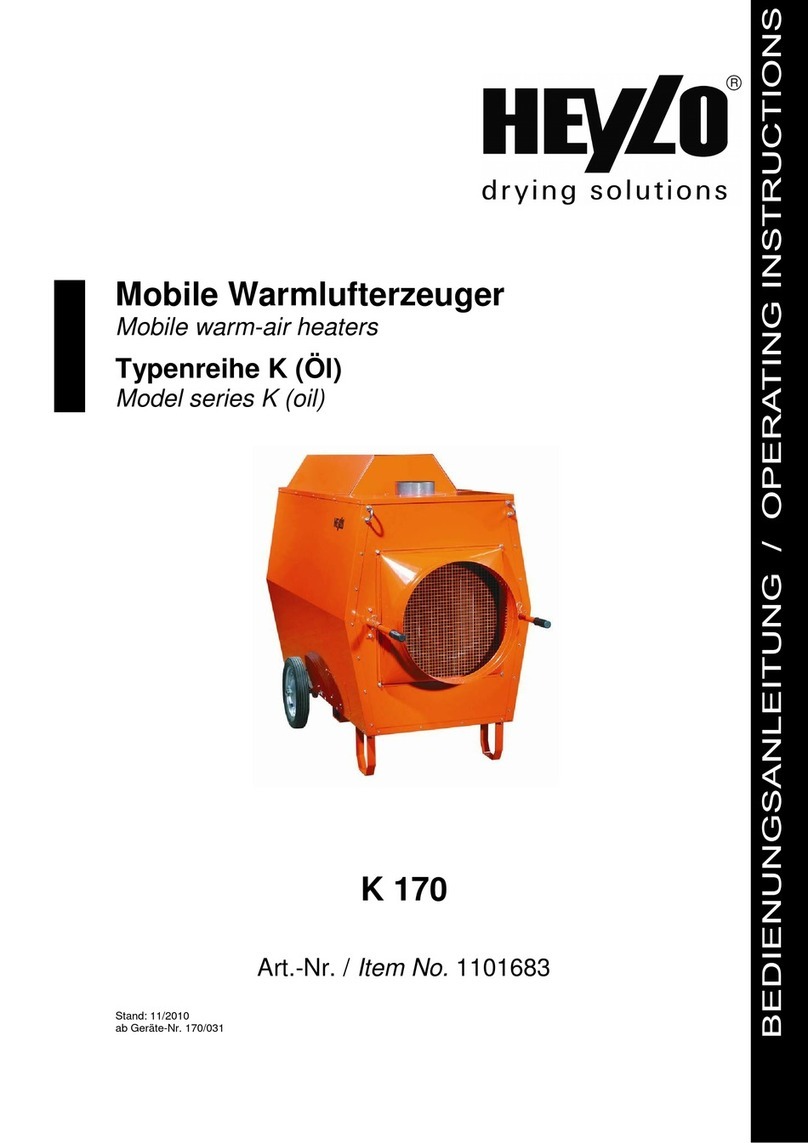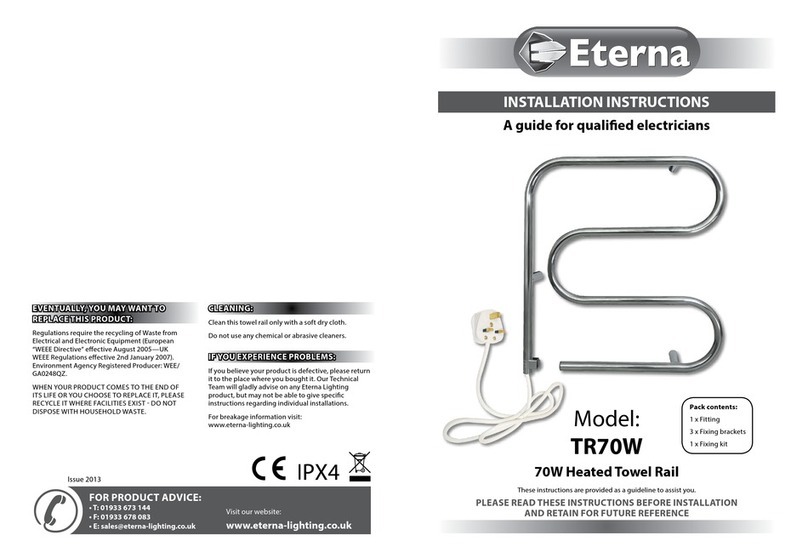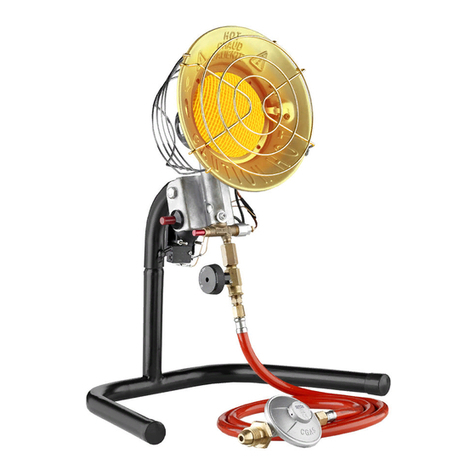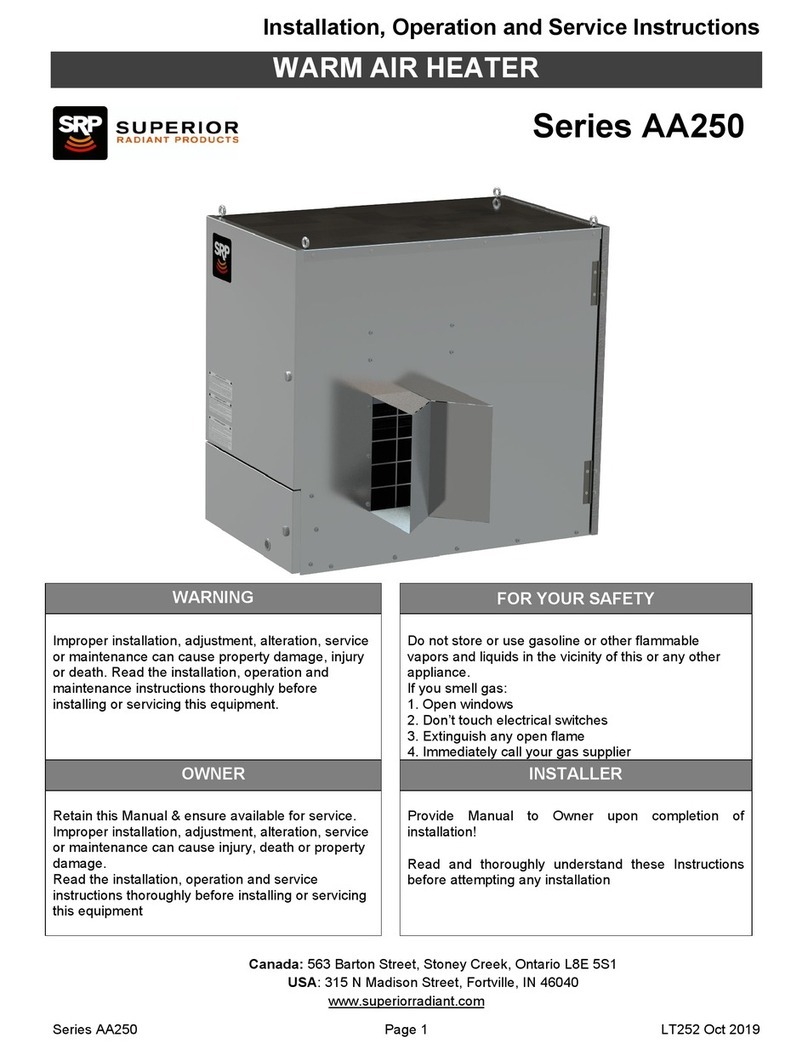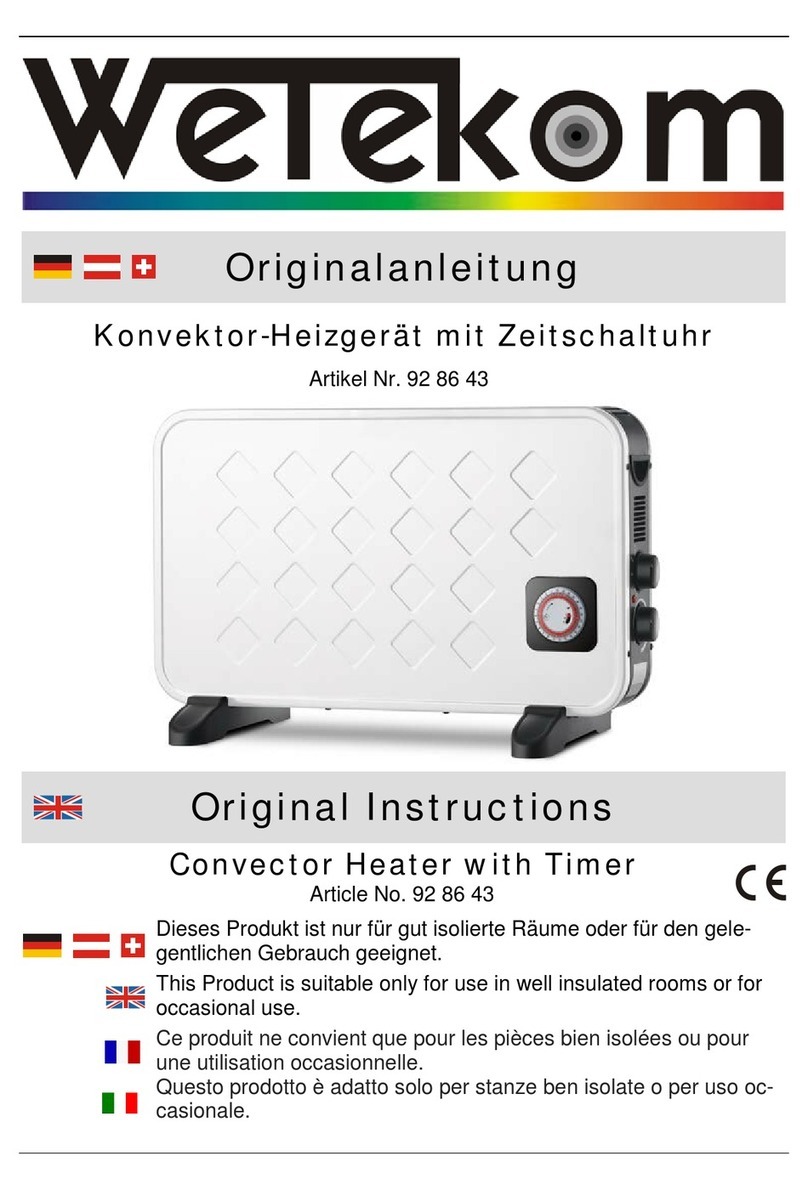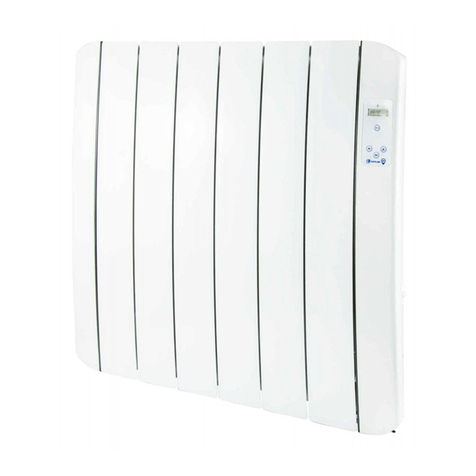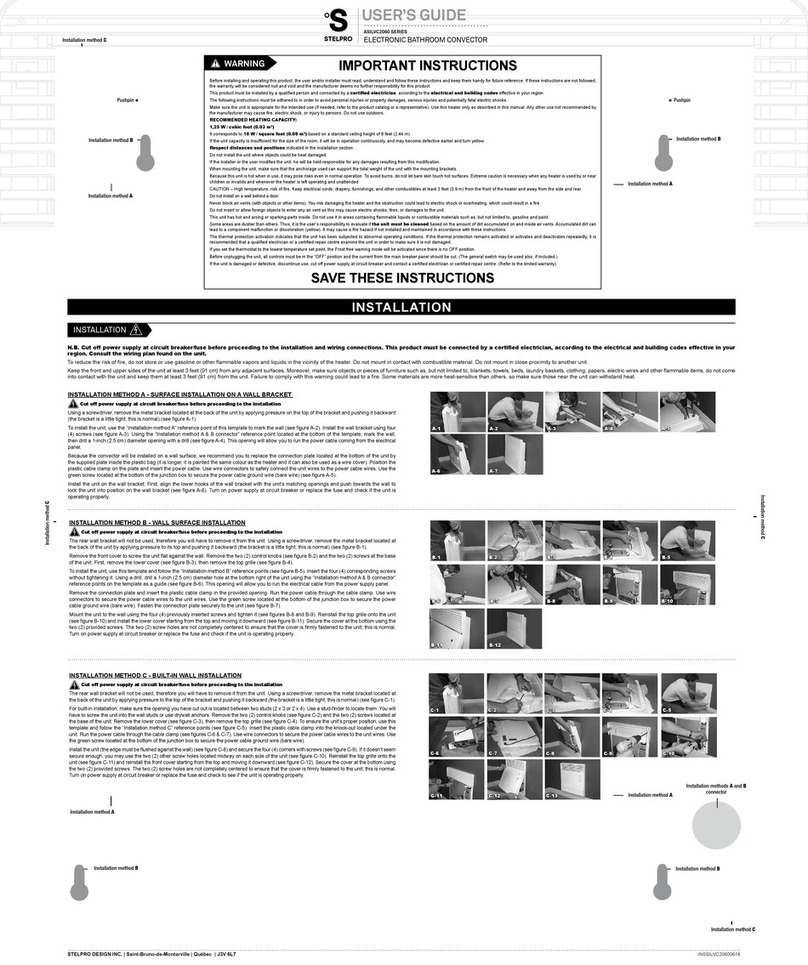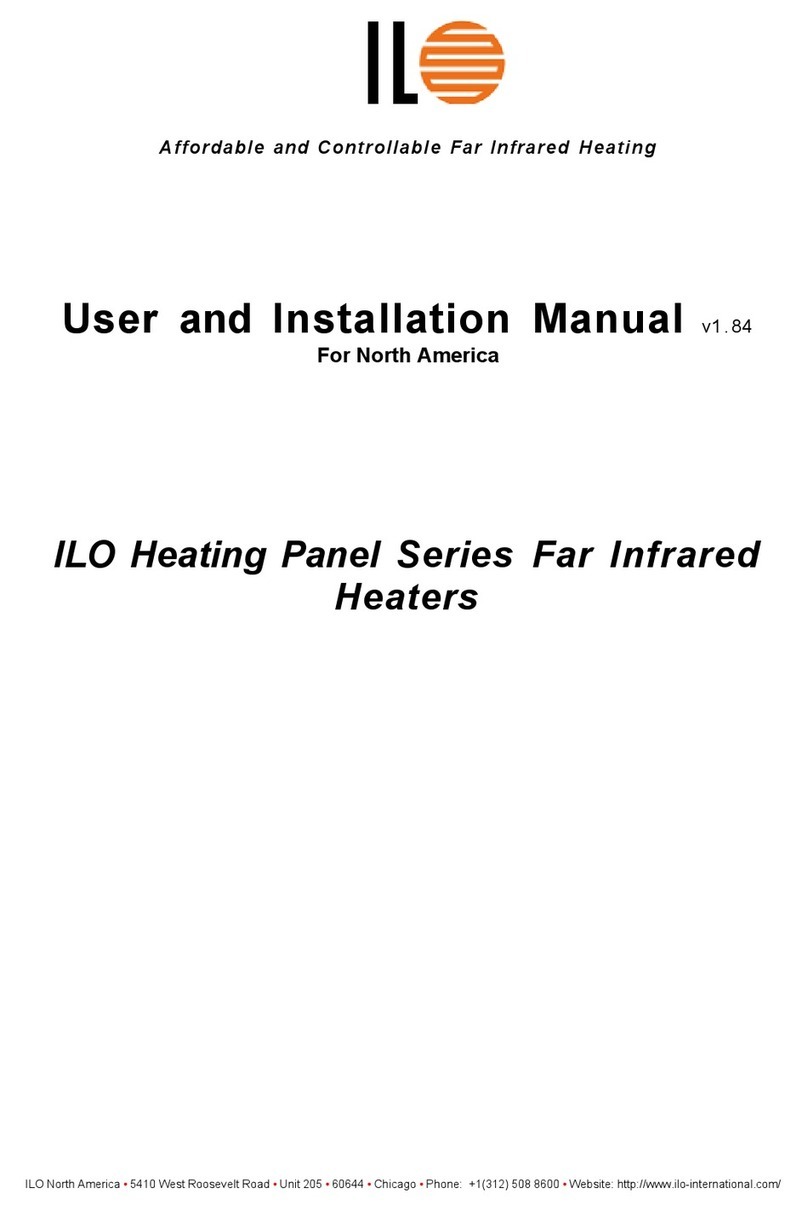
Table of Content
Introduction..........................................................................................................................................4
InstallationCodes...........................................................................................................................................4
GeneralInstallationandGasCodes......................................................................................................................................4
AircraftHangarInstallation..................................................................................................................................................4
PublicGarageInstallation.....................................................................................................................................................4
ParkingStructures................................................................................................................................................................4
Electrical...............................................................................................................................................................................5
Venting.................................................................................................................................................................................5
HighAltitude.........................................................................................................................................................................5
SafetyFeatures.....................................................................................................................................................................5
GeneralSpecifications...........................................................................................................................6
GasSupply.....................................................................................................................................................6
InletPressure........................................................................................................................................................................6
ManifoldPressure.................................................................................................................................................................6
InletConnection...................................................................................................................................................................6
ElectricSupply................................................................................................................................................6
HeaterSpecifications.....................................................................................................................................6
ClearancetoCombustibles....................................................................................................................7
ClearancetoCombustibleMaterials...............................................................................................................7
InstallationDetail..................................................................................................................................9
InstallationSequence.....................................................................................................................................9
OutdoorInstallation......................................................................................................................................10
Venting/CombustionAirDucting.......................................................................................................14
GeneralRequirements..................................................................................................................................14
OptionalHorizontalElbowVentTerminal.....................................................................................................16
RoofVenting.................................................................................................................................................17
GasPiping...........................................................................................................................................18
GeneralRequirements..................................................................................................................................18
ElectricalWiring..................................................................................................................................19
GeneralRequirements..................................................................................................................................19
Operation/Maintenance....................................................................................................................20
StartingSequenceofOperation....................................................................................................................20
Maintenance.................................................................................................................................................20
TroubleShooting.................................................................................................................................21
TroubleshootingChart..................................................................................................................................22
ReplacementParts..............................................................................................................................23
Warranty.............................................................................................................................................24








